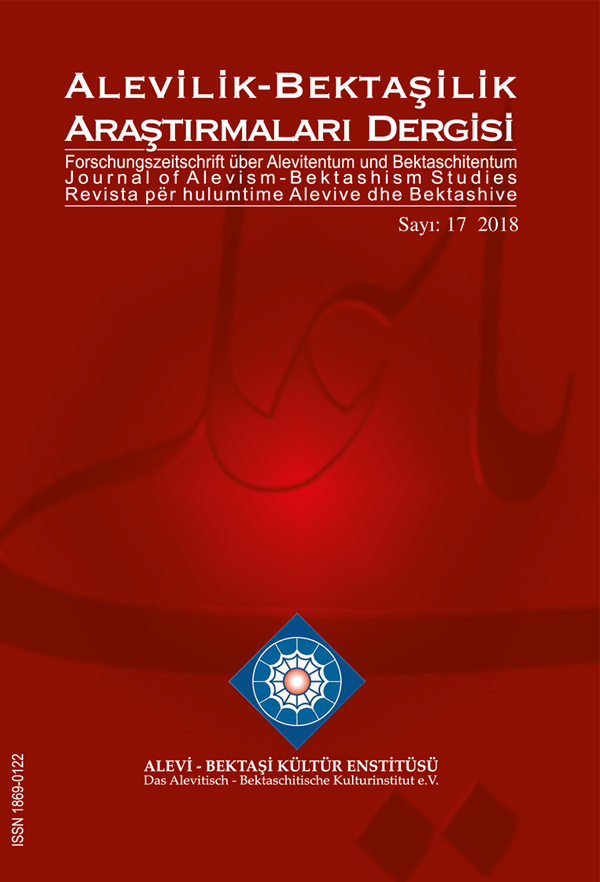The Bektashi Problem during The Period of Abdulhamit II
DOI:
https://doi.org/10.24082/2018.abked.73Keywords:
Alevism, Bektashism, Abdulhamid II, Ottoman identity, pan-IslamismAbstract
In the 19th century, Ottoman Empire tried to create a modern identity and based it largely on the Sunni Hanafi Madhab and Turkish origin. Bektashism wasn’t included in this modern identity that Ottoman Empire wanted to create; it was desired to dissolve Bektashism within the Sunni Hanafi Madhab. This policy openly started with the abolition of Janissaries and Bektashi order and spread throughout 19th century, including the period of Abdulhamid II. The Bektashi order has tried to preserve its own tradition, belief and rituals against the oppression and the policy of dissolution applied by Ottoman Empire since 1826. This paper evaluates the Bektashi issue in the period of Abdulhamid II, the Empire’s modern identity policy and the struggle of the Bektashi order to survive.








